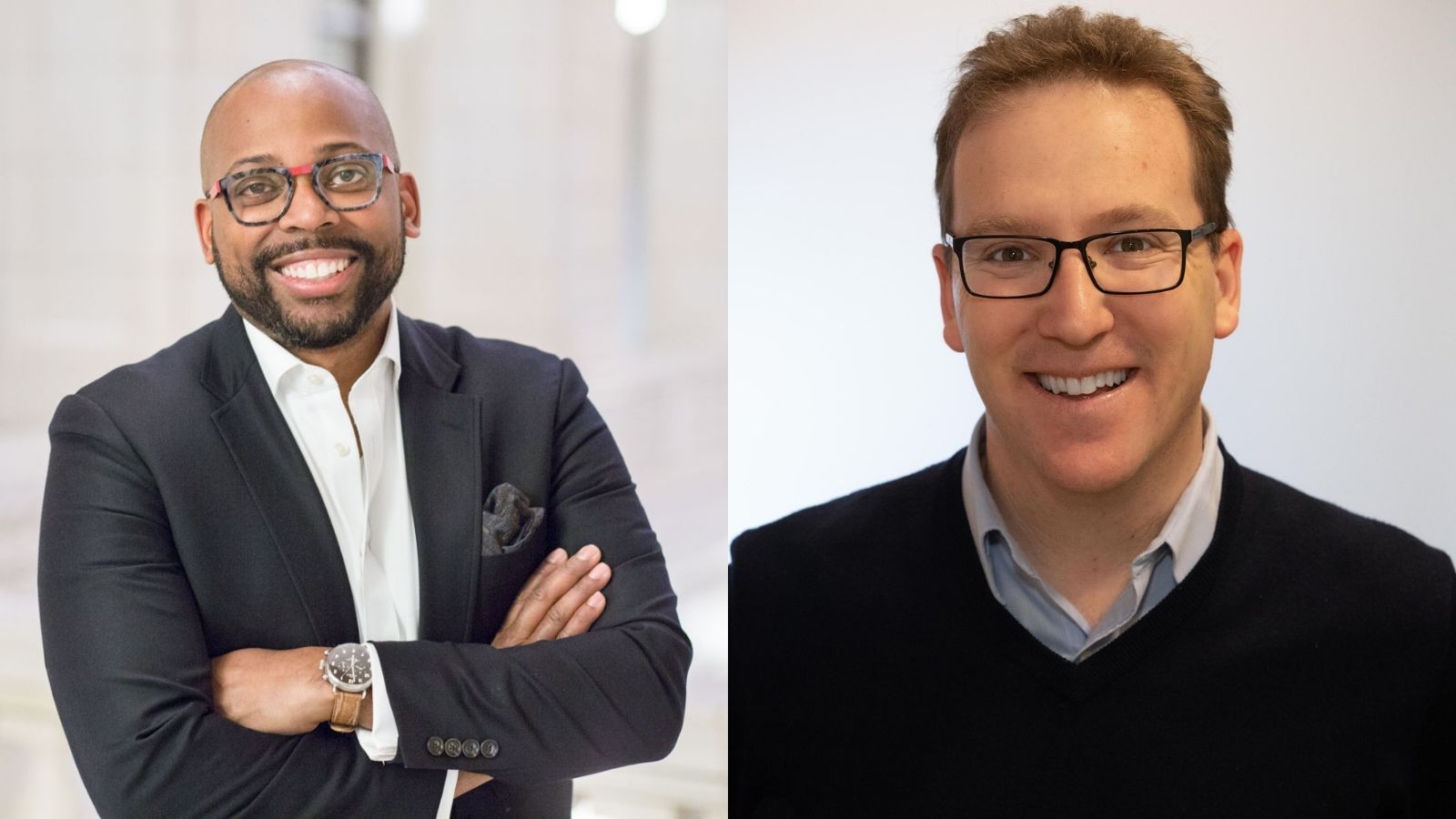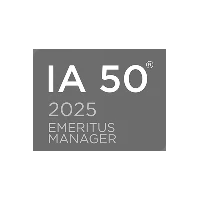This blog also appears on the Nonprofit Finance Fund website. You can read it here.
Community Development Financial Institutions (CDFIs) were founded as part of the civil rights movement, to make access to capital more equitable for communities living with low incomes, often communities of color. However, despite the work of this part of the financial services industry, disinvested communities still suffer from unequitable capital access and thereby fewer opportunities for wealth building and shared prosperity. New models are needed to re-envision how transformation of community development can work for disinvested communities and develop local solutions to persistent issues.
In this video hosted by Nonprofit Finance Fund CEO Antony Bugg-Levine, Capital Impact Partners and CDC Small Business Finance CEO Ellis Carr discusses his feeling that CDFIs have an incredible opportunity in this moment to change the paradigm of how capital flows to disinvested communities by putting communities “at the top” and having capital flow to the projects that communities feel bring value. He also speaks about Capital Impact Partners and CDC Small Business Finance’s new enterprise and how it will play a major role in supporting community wealth building holistically.
Here is the video, as well as a transcript, of their conversation. For more information about how CDFIs create impact for disinvested communities, read our stories and learn more about our mission-driven financing and programmatic focus.
ANTONY: You have been very vocal as a leader within the community finance industry about the need for us as an industry to reconnect with our history coming out with the civil rights movement. You know, you and I wrote a piece about that almost four years ago now, I think, and then last year you wrote about the racial tensions that led to riots in the 1960s, or uprisings, and that despite some successes, the racial inequities still persisted. Now that, again, the national conversation has arrived here, do you see greater possibilities for that commitment to that legacy to be made deeper in our industry?
ELLIS: I think this is a huge opportunity for CDFIs [Community Development Financial Institutions]. And I won’t suggest that I have all the answers – I don’t, I don’t. But I think it’s more a feeling – an observation followed by a feeling. And that observation is that we’ve done, we as an industry have done some incredibly great work. And I would observe that there is much more to be done. We continue to see the historic inequities that are happening in this country, and we have to do more to address that. And that means that every one of us is going to have to get out of our box – the box that we know, our own knitting, all those things. And we’re going to have to evolve as organizations who sit with a ton of privilege around how we equitably – right? – channel and move capital into communities where we ensure that dignity and agency remains in the community. All the privilege today sits at the top, with basically the asset providers, and we need to flip that and have the community settled on top, right? And so thinking about ways that CDFIs can play a role in that, and almost drive that, is a really significant opportunity, because I think we potentially give ourselves – and ourselves as very broadly defined – credit to really be able to reimagine. I actually think it’s really hard for people to reimagine, to say that you can’t flip the paradigm and for it to be able to work, to put the community on top and make sure, ensure that if the community sees value and benefits, then that should drive the way the capital should flow. We could continue to elevate that and do it at a scale that I think is meaningful so that we can change the conversation because today those messages, those themes, are not being elevated to a national stage where we can really begin to change the way that finance and financial services operate in the U.S.
ANTONY: For Capital Impact Partners, as an example, what would you do differently were you to put the community at the top of – as you said – agency and decision making in how capital flows?
ELLIS: So one of the ways that we are kind of rethinking how we support communities really came about as a result of the alliance that we recently announced with CDC Small Business Finance. CDC Small Business Finance is the largest mission-based SBA [Small Business Administration] lender in the country, and we are coming together initially to focus in three pilot cities – D.C., Detroit, and L.A. – to think about ways that we can provide holistic community and economic development centered around community. I would say the first thing that we’re doing differently was a mindset shift, which was, “let’s continue to focus on our own knitting,” which is effectively community facilities lending and technical assistance surrounding that, to acknowledge and recognize that while those things are critically important in all communities, you need additional jobs to be created and you need businesses so that you can develop and maintain wealth and community – specifically communities of color. And we believe that ownership – specifically small business ownership – was needed to partner with us to do that. And so, one, it was acknowledgement that we’re doing great work, but there’s more that needs to be done, and then two is a revelation that we didn’t necessarily need to recreate the wheel but we needed to do work in partnership with others who actually brought knowledge and skill sets that we didn’t have.
And so we are actually going through the process now where those three geographies that I described, we currently work in, but it’s also acknowledging that we don’t have all of the proximity required to really put the community up front. And so we’re going to go through an effort of making sure that we can hear from the community, which is going to be probably a very different group of stakeholders than we have traditionally worked with, to really make sure that we are aligning around the community’s interests. And I think secondarily we are going to – we are already acknowledging that we need to think differently about how we deliver capital to the community, again, in the ways that they need it, which might look different than the way that we are currently providing it today.
And the last thing I’d just say is, in terms of how we go to market, I think traditionally – and I understand why it’s the case – we develop a product and we begin to shop that product in the places that we work, and in this case it’s an acknowledgement that all three of those markets are vastly different, and the ways that we’re going to support communities in those three efforts might look very different. And we need to be prepared for that, because, again, successes ultimately should be defined by the community and not by us.
ANTONY: And again, I think people who don’t know our industry very well might say “Well, what do you mean it’s a mindset shift to put communities first? You have community in the title of your industry – we’re the community of development finance industry – isn’t that what you’ve always done?” So what would be different in that mindset shift?
ELLIS: There’s a couple things that are different in their mindset shift. I think, one, we absolutely have engaged the communities in the specific sectors in which we work. We lend and work with a lot of charter school operators, federally qualified health care center operators, and I’ll say affordable housing developers, and we actively engage with them and folks within the community around those specific areas. But I think what we’re trying to do now is to take two steps back and look at the community writ large around what is needed, inclusive of those things, to make sure that the community has the support that it needs to be able to thrive. And not just with a very specific vantage point towards affordable housing and preservation of affordable housing, or ensuring that quality health care and education exists within that community. There are a variety of other factors that are needed and supports that are needed, and we’re trying to think about ways that we can provide a holistic cadre of tools that we can help some communities prosper. And so I think to me it’s really taking two steps back and looking holistically at the problem without – and not being overly prescriptive in terms of, “Here are the solutions that I can provide you, XYZ community.”
ANTONY: You talked about what sounds like a really inspiring leadership opportunity to shift how your organization operates to place communities first and to really show up in response to what the community needs rather than with a product that you have developed elsewhere that you are trying to place. What are the challenges in putting that mindset shift into practice for you as a leader?
ELLIS: I think it’s just really important to continue to help the team in particular understand the vision, one, and then two, really understand the how and how they will fit into this. When you talk about putting the community first, I think people get really concerned about, “But I don’t know what that’s going to be,” and, “I don’t know whatever they say that I can actually be that for them,” and, “How can we make a business out of it if everything is different?” And I think that those are valid questions, but it’s not – but I think the how matters here. And the how really initially to me gets to a variety of kind of points, one, which is around continuing to add more people under the tent who can help be partners with us – again coming up with something, a broad strategy that is articulated by the community and we are just tools to help accelerate exactly what they want to have happen. Right? So, again, it’s flipping that and recognizing that we are a mere support function to the communities and not the opposite. And so I think that’s one. I think the other part is really thinking about technology and thinking about ways that we can leverage technology in ways to link those partners together so it can be seamless to the community as well.
You asked a question earlier around meeting the moment. I think we have to recognize where we are as an industry, and I think we are at a really interesting inflection point where there is a possibility for significant capital – potentially public sector capital – to support CDFIs. And there’s going to be a question around, “Well, what should we be doing with it?” And if we don’t have the right mentality, we’re going to continue to just do what we’ve always been doing and just do more of it and more frequently. But I would posit that we should pause and think about if that’s the right solution.
